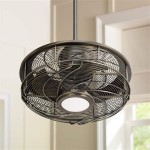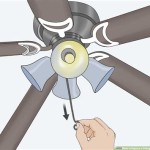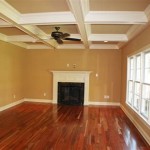Why Are Ceilings So Low in England and Wales?
If you've ever visited England or Wales, you may have noticed that many of the buildings have low ceilings. This is especially true in older buildings, but it's not uncommon to find low ceilings in newer constructions as well. But why are ceilings in England and Wales so low? Here are a few reasons:
Building materials
One reason for low ceilings in England and Wales is the materials used to build the houses. In the past, most houses were built using wood or stone. Wood is a relatively soft material, and it can sag over time. This sagging can cause the ceiling to become lower.
Stone is a more durable material than wood, but it is also heavier. This weight can cause the walls to bow, which can also lead to a lower ceiling.
Heating
Another reason for low ceilings in England and Wales is the need to heat the buildings. In the past, most houses were heated by fireplaces or wood stoves. These heat sources were not very efficient, and they could only heat a small area around them.
As a result, people who lived in these houses had to huddle close to the fire to stay warm. This led to the development of low ceilings, which helped to keep the heat in.
Taxes
Finally, low ceilings may also have been influenced by taxes. In the past, taxes were often levied on the basis of the size of the building. This led some people to build houses with low ceilings to avoid paying higher taxes.
Today, most buildings in England and Wales have higher ceilings than they did in the past. However, low ceilings can still be found in older buildings, and they are sometimes used in new constructions as a way to create a more traditional look.

From The Ground Up Six Plots Now For Journal Modern House

Ceiling Coving Pc 512 Large Cove With Steps Cornices Centre

For Queen S Drive Ii London N4 The Modern House
/009-bm_bernetsnook_blackburn_ellerton_3bed_lowres.jpg?strip=all)
Wintringham Ellerton Plot 202 Barratt Homes
/018-bm_bernetsnook_blackburn_ellerton_3bed_lowres.jpg?strip=all)
Wintringham Ellerton Plot 202 Barratt Homes
/web_cammo_glenbervie_staircase.jpg?strip=all)
St Clair Mews Glenbervie Plot 202 David Wilson Homes

Building Regulations Update 2024 Ybs Insulation

Grange View Radleigh Plot 202 Barratt Homes

Centurion Green Kingsville Plot 202 Barratt Homes

Properties For In Muswell Hill Rightmove
Related Posts








